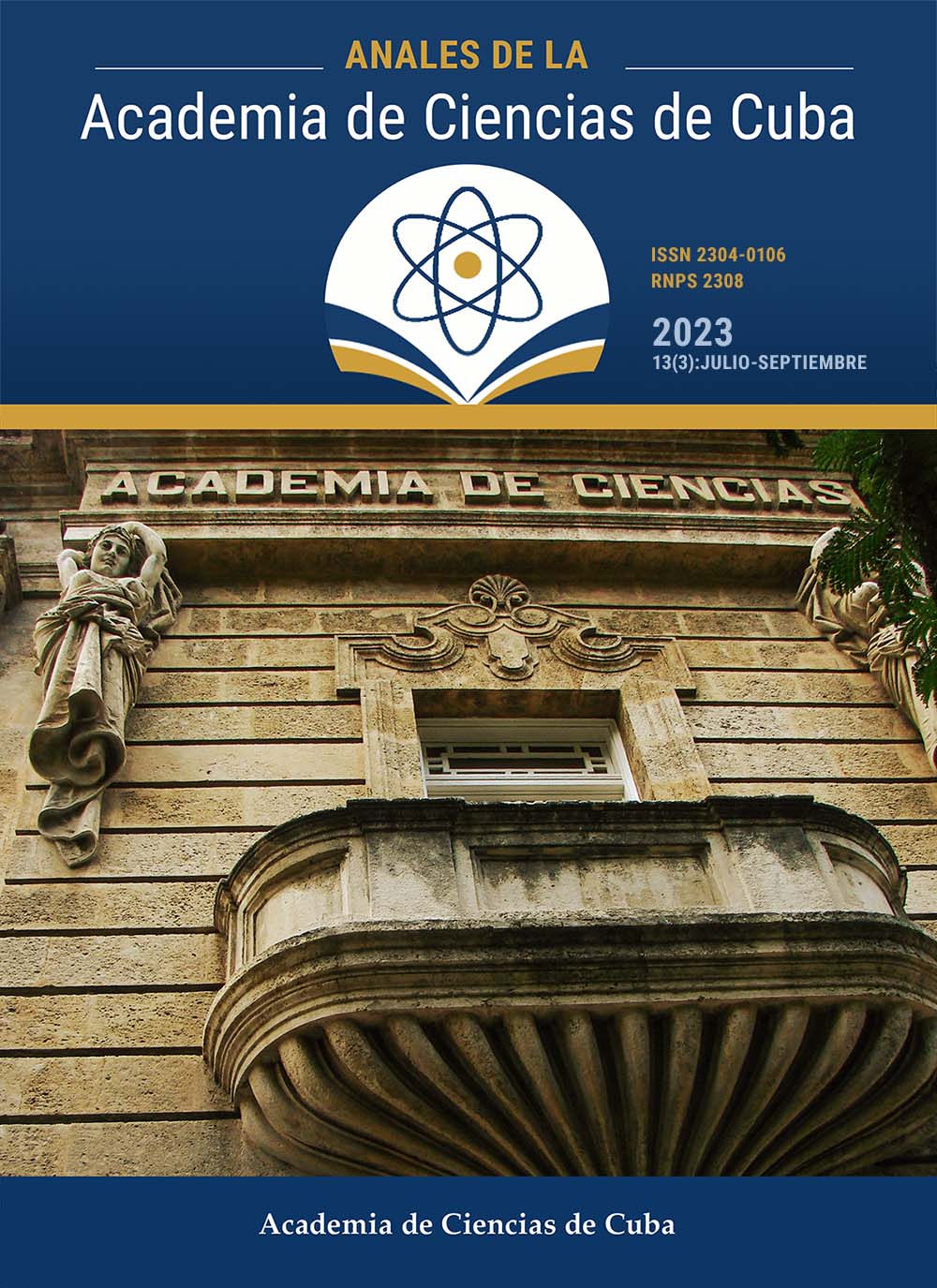Development of techniques for pre-processing and prediction of multi-label classification problems
Keywords:
multi-label classification, data characterization, data pre-processing, learning process, explainable artificial intelligenceAbstract
Introduction: Multi-label classification is a variant of traditional single-label classification, where an object is no longer classified by exclusively one label. Instead, this learning aims to assign one or more classes from a predefined set of classes to an object. Since multi-label learning is still in an early development stage compared to other classification techniques, some techniques currently available for other learning types have not been developed for this specific learning case.
Methods: After a survey of the existing literature, the following are some research challenges within this topic: data quality measures, reduction methods on multi-label datasets, outlier detection methods, pooling layers for multi-label data without a topological organization, methods to deal with multi-label classification problems with sparse features, and Explainable Artificial Intelligence techniques for multi-label neural classifiers.
Results: We propose: a) three measures of multi-label data quality, b) six methods for reducing multi-label datasets, c) a method that measures an object's anomaly degree in a multi-label dataset, d) a deep neural architecture using bidirectional association-based pooling layers, e) a neural system to solve multi-label classification problems described by tabular data that might involve sparse features, and f) an adaptation to the multi-label scenario of a classical post-hoc interpretability technique on neural networks. Conclusions, the proposed methods provide the scientific community with novel multi-label classification techniques, making possible a more efficient and effective knowledge discovery process on multi-label data.
Downloads
Published
How to Cite
Issue
Section
License
The journal Anales de la Academia de Ciencias de Cuba protects copyright, and operates with a Creative Commons License 4.0 (Creative Commons Attribution-NonCommercial License 4.0). By publishing in it, authors allow themselves to copy, reproduce, distribute, publicly communicate their work and generate derivative works, as long as the original author is cited and acknowledged. They do not allow, however, the use of the original work for commercial or lucrative purposes.
The authors authorize the publication of their writings, retaining the authorship rights, and assigning and transferring to the magazine all the rights protected by the intellectual property laws that govern in Cuba, which imply editing to disseminate the work.
Authors may establish additional agreements for the non-exclusive distribution of the version of the work published in the journal (for example, placing it in an institutional repository or publishing it in a book), with recognition of having been first published in this journal.
To learn more, see https://creativecommons.org






